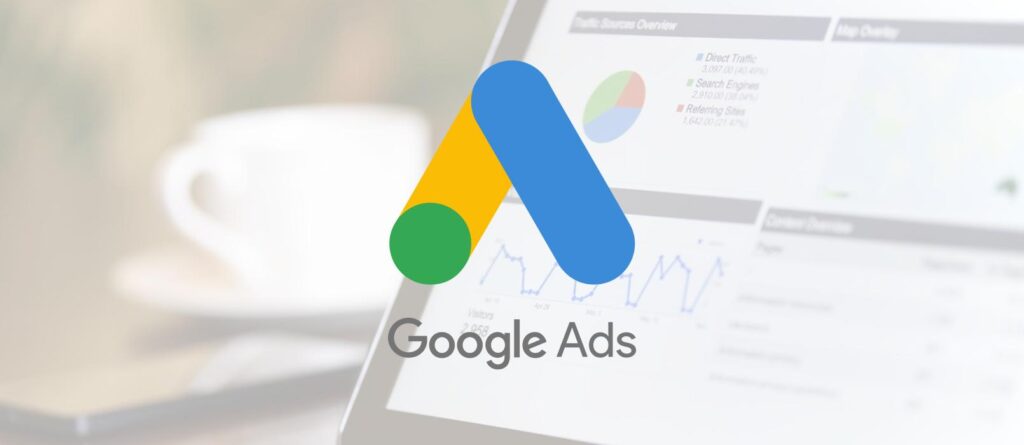How Much Does A Google Ad Campaign Cost?

Ever wondered why the cost of Google Ad campaigns varies so much? Uncover the factors that influence pricing and learn how to budget effectively for your next campaign. Google Ads, formerly known as AdWords, is a powerful platform for businesses to reach potential customers. However, understanding the costs involved is crucial for maximizing your return on investment.
Boost Your Business with Google Ads Management in New York!

Introduction to Google Ad Campaign Costs
Google Ads operates on a pay-per-click (PPC) model, meaning you only pay when someone clicks on your ad. While the initial concept seems simple, the actual cost of a campaign can vary widely depending on several factors.
Factors Influencing Google Ad Campaign Costs
- Keyword Competition: Highly competitive keywords with high search volumes tend to have higher costs per click (CPC). Niche keywords with less competition are usually less expensive.
- Industry and Niche: Industries like finance or legal services typically have higher CPCs due to increased competition compared to less competitive niches.
- Target Audience: Specific demographic or location targeting can impact costs. More precise targeting often results in higher CPCs.
- Ad Quality and Relevance: Google rewards high-quality, relevant ads with lower costs. Factors such as ad extensions, landing page quality, and ad relevance play crucial roles.
- Geographic Location: Costs can vary significantly based on location. Targeting major metropolitan areas is usually more expensive than targeting smaller cities.
Types of Google Ad Campaigns and Their Costs
- Search Ads: Text-based ads appearing at the top or bottom of search engine results pages. Costs vary based on keyword competition and quality score.
- Display Ads: Visual ads appearing on websites across the Google Display Network. Costs are typically based on impressions or clicks.
- Video Ads: Video ads on YouTube and other video platforms. Costs vary based on ad length, targeting options, and the type of video ad (skippable, non-skippable).
- Shopping Ads: Product listings that appear in Google search results. Costs are based on a cost-per-click model.
- App Ads: Promote your app on Google Search, Google Play, and the Display Network. Costs vary based on the app category and targeting options.
Bidding Strategies and Budgeting
- Cost-Per-Click (CPC): Set a maximum amount you’re willing to pay for each click. Google auctions ad positions based on your bid and quality score.
- Cost-Per-Thousand Impressions (CPM): Pay a fixed amount for every 1,000 times your ad is shown, often used for branding campaigns.
- Cost-Per-Acquisition (CPA): Set a target cost for each conversion, and Google automatically adjusts your bids to meet that goal.
Tools and Resources for Estimating Costs
- Google Keyword Planner: A free tool that helps research keywords, estimate traffic, and get a sense of average CPCs.
- Google Ads Performance Planner: Allows you to forecast campaign performance and estimate costs.
- Third-Party Tools: Advanced features for keyword research, bidding, and campaign optimization.
Case Studies and Real-World Examples
Case studies of successful Google Ads campaigns highlight the factors that influenced costs and the overall return on investment, demonstrating the effectiveness of different strategies and optimizations.
Tips for Reducing Google Ad Campaign Costs
- Optimize Ad Copy and Landing Pages: Improve your click-through rate (CTR) by creating compelling ad copy and ensuring your landing pages are relevant.
- Use Negative Keywords: Prevent ads from showing for irrelevant search terms to reduce wasted clicks.
- A/B Testing: Continuously test different ad variations to identify the most effective ones.
- Seasonal Adjustments: Adjust bids and budgets based on seasonal trends and fluctuations in demand.
Conclusion: Planning Your Google Ad Campaign Budget
The cost of a Google Ad campaign can vary widely depending on numerous factors. By understanding these factors and using the right tools, you can effectively plan and manage your budget. Remember, the goal is to achieve a positive return on investment, so focus on creating high-quality ads that resonate with your target audience.